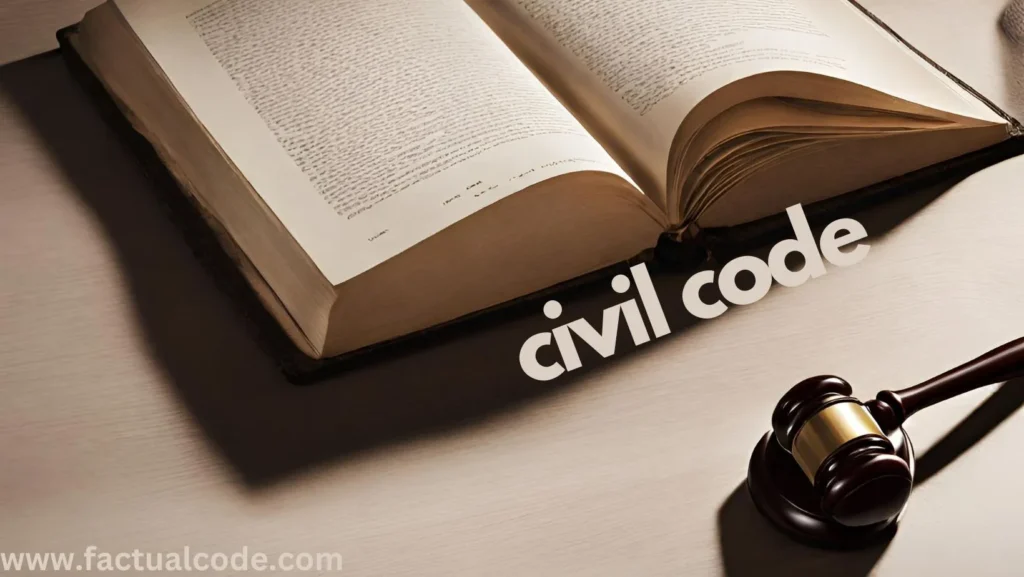The appearance and non-appearance of parties in a suit form the cornerstone of civil litigation. The Code of Civil Procedure (CPC), 1908, meticulously prescribes procedures and consequences to ensure fair adjudication. The parties’ presence is vital for upholding the principles of natural justice and preventing undue delays. This article explores the ramifications of both appearance and non-appearance, analyzing legal provisions, judicial interpretations, and practical implications.
1. Consequences of Appearance of Parties
(a) Appearance of the Plaintiff
The plaintiff’s presence is pivotal for initiating and sustaining the suit. Upon appearance, the following consequences arise:
Commencement of Proceedings:
The court officially begins the trial, allowing the plaintiff to present their case, evidence, and arguments.
The process ensures that the plaintiff’s grievances are duly heard.
Framing of Issues:
The court identifies material propositions of fact and law in dispute (Order XIV CPC).
Framing issues provides a clear roadmap for the trial and defines the scope of adjudication.
Right to Relief:
The plaintiff’s appearance validates their claim for the relief sought in the suit.
Non-appearance may result in dismissal under Order IX Rule 8 CPC.
(b) Appearance of the Defendant
The defendant’s appearance is equally significant, ensuring a balanced and fair trial. Upon appearance, the following occurs:
Opportunity to Contest:
The defendant can respond to allegations, file a written statement, and present counter-evidence.
This opportunity upholds the principle of audi alteram partem (hear the other side).
Possibility of Settlement:
Early appearance may facilitate Alternative Dispute Resolution (ADR) mechanisms like mediation.
Ex-parte Proceedings in Case of Default:
If the defendant fails to appear despite proper service, the court may proceed ex-parte (Order IX Rule 6 CPC).
Ex-parte proceedings limit the defendant’s ability to contest the claims effectively.
2. Consequences of Non-Appearance of Parties
(a) Non-Appearance of the Plaintiff
When the plaintiff fails to appear without valid cause, the court may take the following actions:
Dismissal of Suit:
Under Order IX Rule 8 CPC, the court may dismiss the suit for default.
Such dismissal bars the plaintiff from refiling the same suit but allows an application for restoration.
Application to Restore the Suit:
The plaintiff may invoke Order IX Rule 9 CPC to set aside the dismissal.
The application must demonstrate “sufficient cause” for non-appearance.
(b) Non-Appearance of the Defendant
Failure of the defendant to appear leads to the following:
Ex-parte Decree:
If the court is satisfied that summons were duly served, it may pass an ex-parte decree (Order IX Rule 6 CPC).
Such a decree can be set aside under Order IX Rule 13 CPC if the defendant proves sufficient cause or non-service of summons.
Waiver of Rights:
The defendant forfeits the right to present a defense, weakening their position in the proceedings.
(c) Consequences for Both Parties
Default Judgment:
If neither party appears, the court may dismiss the suit (Order IX Rule 3 CPC).
Reinstatement requires a joint application demonstrating “sufficient cause” for mutual absence.
Contempt of Court:
Persistent non-appearance without valid justification may invite contempt proceedings, especially if compliance with court orders is evaded.
3. Understanding “Sufficient Cause”
“Sufficient cause” is a flexible legal concept. Courts assess it based on the circumstances of each case:
Judicial Interpretation:
Parimal v. Veena (2011) 3 SCC 545:
The Supreme Court emphasized a liberal approach for setting aside ex-parte decrees if the applicant demonstrates valid reasons for absence.
Bhagwan Swaroop v. Mool Chand AIR 1983 SC 355:
Courts were directed to scrutinize the validity of summons service before passing ex-parte decrees.
Practical Examples:
Illness, accidents, or incorrect service of summons are generally considered sufficient causes.
4. Practical Implications of Appearance and Non-Appearance
(a) Ensuring Justice:
The procedures for appearance protect the parties’ right to be heard, reinforcing fairness and equity in adjudication.
(b) Avoiding Delays:
Setting stringent conditions for restoring dismissed suits or setting aside ex-parte decrees prevents frivolous litigation and delays.
(c) Promoting Finality of Judgments:
Consequences of non-appearance deter negligent behavior, ensuring that judgments attain finality without undue disruption.
Conclusion
The appearance and non-appearance of parties in a suit have profound implications for the judicial process. While appearance facilitates justice by enabling both sides to present their case, non-appearance risks dismissal, ex-parte decrees, and loss of rights. The CPC’s provisions ensure a balanced approach by allowing procedural rectifications, provided sufficient cause is demonstrated. The doctrines of Res Judicata and Estoppel further reinforce the principles of judicial efficiency and fairness, ensuring finality and consistency in legal proceedings. Thus, adherence to appearance norms is not merely a procedural requirement but a crucial element for achieving substantive justice.

